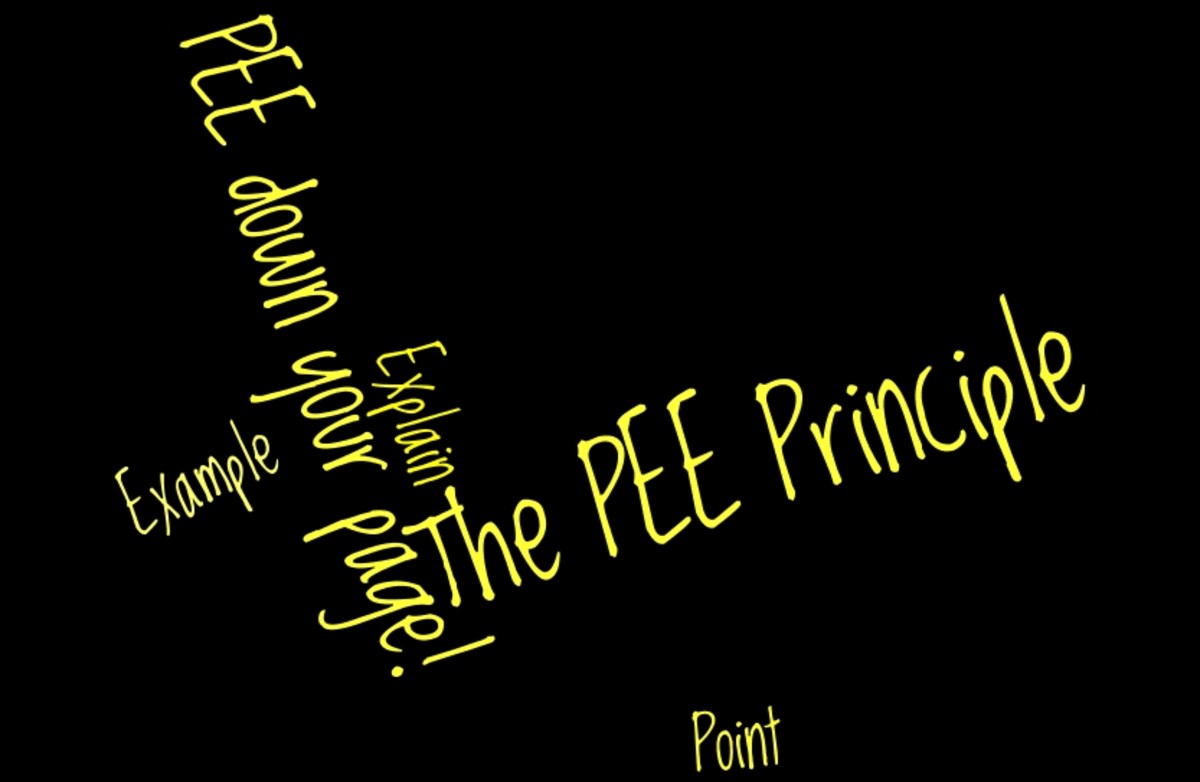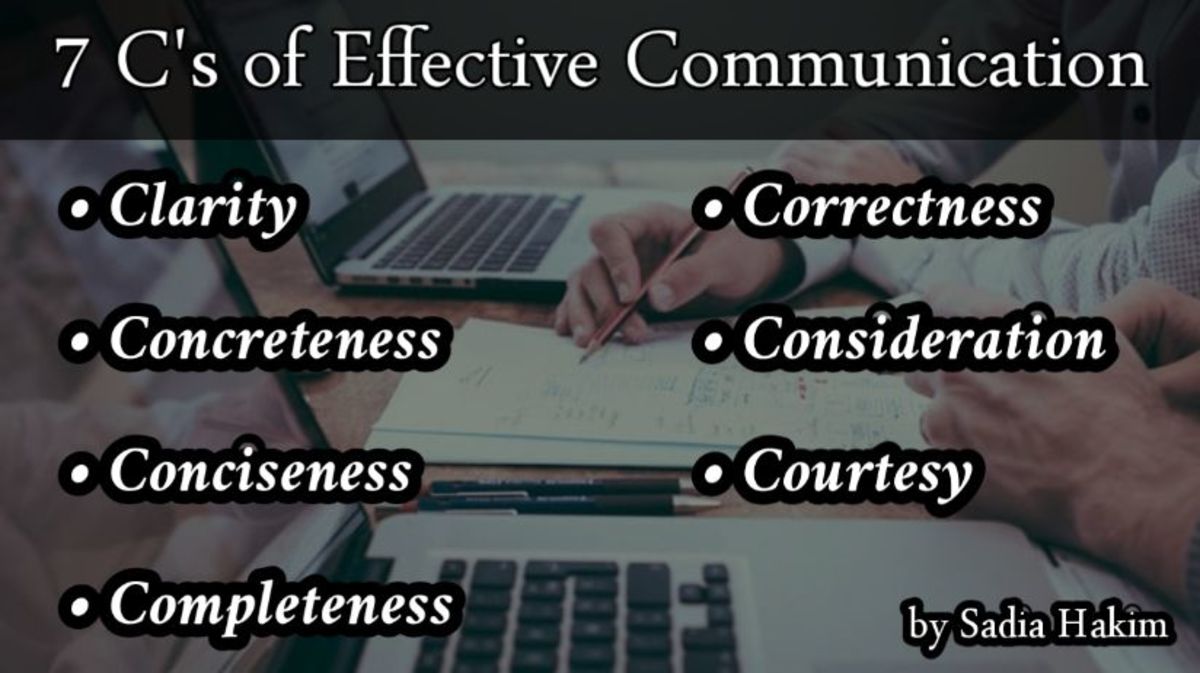What Makes A Great Article? Online Writing Tips
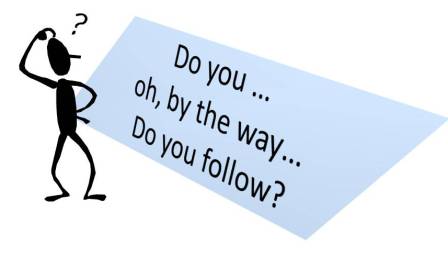
Writing With Proper Organization and Clarity
What makes a great article? Lately, I've been reading a lot of hubs from fellow hubbers, and I couldn't help but noticed that a good number of the hubs (some new, some old) that are being published are not very easy to follow. Now, I am not talking about the problem of grammar or spelling (for which I am no expert), but that of organization.
What I've discovered is that most of these hubs start with a story paragraph that goes on forever, without even a mention of the topic sentence. The topic sentence is the sentence that introduces the reader to the subject or topic of the hub. It tells the reader what the hub or article is all about.
Any writing or hub, whether it’s dealing with a topic about a person, a product, or a place; whether it’s to compare or contrast two or more things; or describe causes and effects of a thing; or describe something about a person or place; need to have a topic sentence. It helps the reader to understand and follow the writer’s train of thought. The topic sentence of any writing, in most cases, should be included in the first paragraph of that writing.
So, how do you ensure that your online content will convey the message intended for your audience? It takes proper planning, organizing, and overall writing with clarity. The following steps will help you present your online audience with the quality of writing that will captivate their interest:
±±±±±±±±±±±±±±±±±±±±±±±±±±±±±±±±±±±±±±±±±±±±±±±±±±±±±±±±±±±±±±±±±±±
Use The Capsules & Appropriate Layouts
Hubpages has recently introduced a couple of new capsules and layouts that are meant to be incorporated into individual hubs. Make use of these capsules. For example;
- Use table capsule for contents that should be in a table
- Use the links capsule in place of manual links.
Using side text capsule such as this is a key way to get your points across to your readers.
Map Out Your Main and Sub Headings
What makes a great article? When writing on a topic, it is very easy to get side-tracked, and thus, one finds oneself writing paragraphs of texts that have no relevance to the topic presented. Here are some ideas on how to keep your focus on the main topic and keep from getting side-tracked:
Write or map out your main headings and subheadings. Using a piece of paper or word processor, determine what your main topic is going to be, and then decide other points needed to build on it. Once these have been mapped out, develop each, using transition words and phrases to blend the two together.
Remember, the goal is to stay focus on the main topic. You want to make sure that texts are organized and coherent, and are all related to the topic presented in the main. Don’t go overboard on developing each sub-heading. Keep sentences to a minimum of three sentences, and a maximum of, say, five sentences.
±±±±±±±±±±±±±±±±±±±±±±±±±±±±±±±±±±±±±±±±±±±±±±±±±±±±±±±±±±±±±±±±±±±
Use Paragraphs For Each Train of Thought
What makes a great article? Good use of paragraphs, of course. Breaking ideas or each train of thoughts into different paragraph helps to make for a more readable article or hub.
If all of the texts in your hub or article fit into a one paragraph setup, chances are, no one wants to read it. Articles are easier to read and follow when they are spaced out into categories. So divide them up into different paragraphs, developing each with as few words as possible.
Use Bullets or Numberings
What makes a great article? When there’s a need to break your ideas up into points, it is best to use bullets and/or numbering style list. It maybe that you’re trying to give a detail description of a product, or give a series of examples, or a step-by-step instruction on how to do something, Bullets and numberings helps to give the reader some clarity as to what you’re trying to convey.
For example: instead of listing a list of materials needed for a project in a paragraph format like this;
"Materials you need: Scissors, safety pins, thread (any color), fabric maker, 1 yard of fusible, 1 yard of main fabric.", consider writing out your list this way, using bullets or number formats:
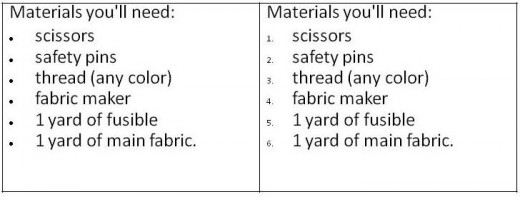
Use Examples. Elaborate.
What makes a great article? Using examples to elaborate your point is how you get the opportunity to show the reader that you are somewhat an authority on the topic you’re writing about. If you’re writing on a product or recommending the use of a product, give a detail description of the parts.
A brief mention of the personal benefit derived (If you've used the product) is also recommended. If you've cited a point (bullet/numbered point), elaborate, explain it further, by giving examples.
Do you ALWAYS take advantage of the editing and formatting features of the text capsule?
Use Formatting Features
What makes a great article? A well formatted writing goes a long way to convey a clear picture or message to the reader. Formatting is a great way to make your titles, main ideas, citations, and references stand out.
Use bold type fonts for titles and sub-titles. Use italics and quotations whenever its necessary. But, remember, the goal is to draw the reader’s attention to your key and relevant points. So, don't overdo it, use your formatting features, wisely.
Summarize Your Points
We write to convey a message or drive home a point, or maybe some points. When the reader is done reading, your goal as a writer it to reiterate those keys points that were mentioned throughout the entire writing. You do this by using a summary paragraph.
A summary paragraph should be about two or three paragraphs that concludes your writing with two or more sentences that summarizes the main points. This should be your last paragraph. No new point should be introduced in this paragraph, unless you’re writing a series and need to point the reader to that fact.
Do you find Proof-reading your hub/article helpful in reducing errors?
Proof-Read Your Writings and Check for Spelling And Grammar Errors
What makes a great article? Proof-reading your article. This cannot be over-emphasized. Every good writer should always check his or her writings for errors, by proof-reading and correcting spellings before publishing the article.
Each hub text capsule comes with a spell-checker that you can use to review your text contents. And if you're using a medium that doesn't have a spell checker, you can copy and paste into one that does, like Microsoft Word. Once you're done checking and correcting your errors, copy it back for publishing.
I know it can be difficult sometimes to pick out all the errors in one’s writing, but reading your hub over to yourself a couple of times (at least twice) can help to eliminate some of the spelling errors. You can even have another person edit it and check for possible spelling and grammar errors that may otherwise be hidden to you.
Also, check for omissions; and texts that are pointless, remove. Proof-read again, making sure that your thoughts are well organized, and in the appropriate paragraphs, and that your ideas flow throughout the entire writing.
±±±±±±±±±±±±±±±±±±±±±±±±±±±±±±±±±±±±±±±±±±±±±±±±±±±±±±±±±±±±±±±±±±±
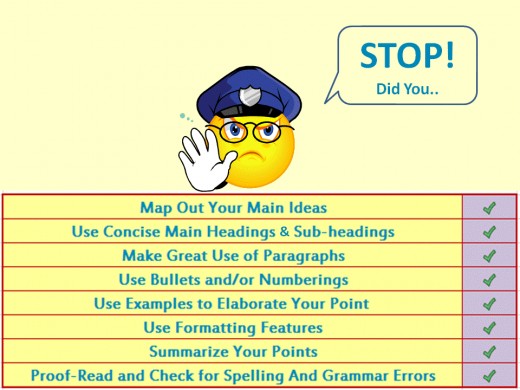
Put Yourself In the Reader's Place
Organizing your writing and writing for clarity requires that you always look at your writing from the readers point of view. Ask yourself this questions:
- If I were looking for this information, did I get what I came for?
- Are the points relevant to the subject?
- Are the points clear and understandable, and are they coherent?
Once you're satisfied with your answers to these questions, then your readers should be too. So, What makes a great article? It all about organizing and presenting your message in a clear and concise manner. Go straight to the point. Be coherent and avoid giving information that are irrelevant. And don't forget to
- Map out your main and sub headings and organize your points within those headings.
- Use paragraphs for each train of thought and stay on topic.
- Use bullets or numberings whenever necessary.
- Elaborate. Using examples and illustrations where necessary.
- Use the right formatting features, wisely.
- Summarize your writings by revisiting relevant points, and lastly,
- Proof-read your writings and check for spelling errors
On a Final Note
Remember, you are not only writing for the audience here on hub pages. People all over the world will stumble upon your writing as they search the web for related contents, and you'll never know who's going to be reading your hubs. It could be your next 'break' or, 'break'.
♦♦♦♦♦♦♦♦♦♦♦♦♦♦♦♦♦♦♦♦♦♦♦♦♦♦♦♦♦♦♦♦♦♦♦♦♦♦♦♦♦♦♦♦♦♦♦♦♦♦♦♦♦♦♦♦♦♦♦♦♦♦♦♦♦♦♦♦♦♦♦♦♦
Do you love to write? Do you have a passion for sharing with others what you know? You can do that by signing up right here on hubpages. And guess what? You'll make some money doing it too. So get to writing, the world is waiting to hear from you.
Author: Comfort Babatola - ©2013


